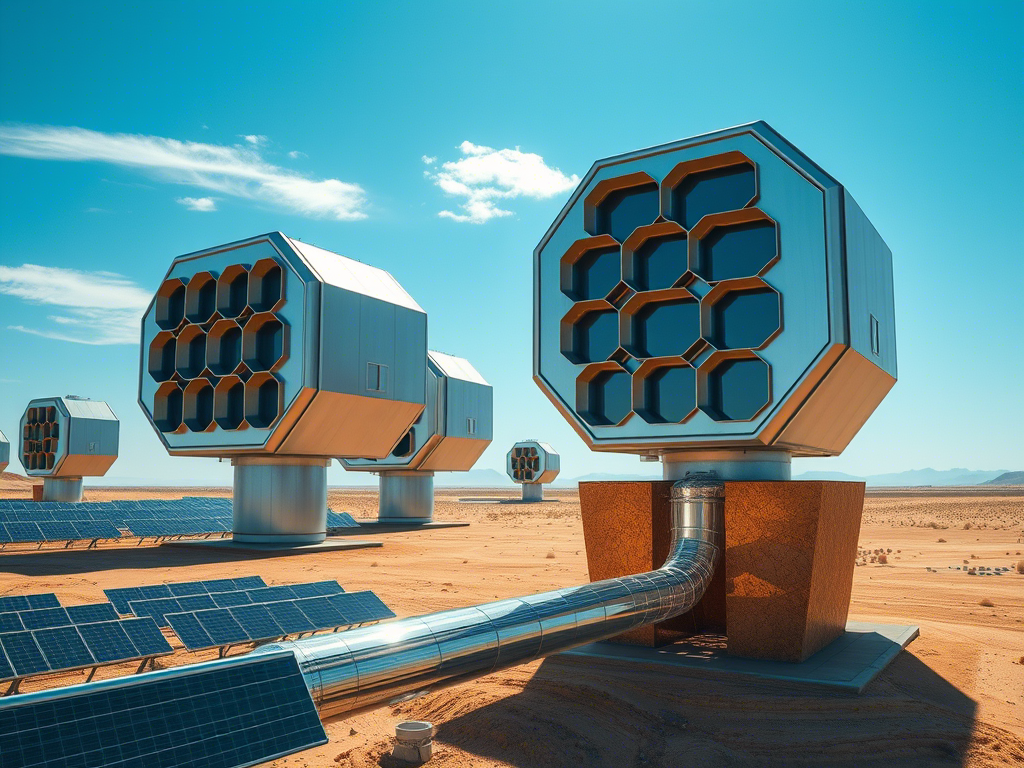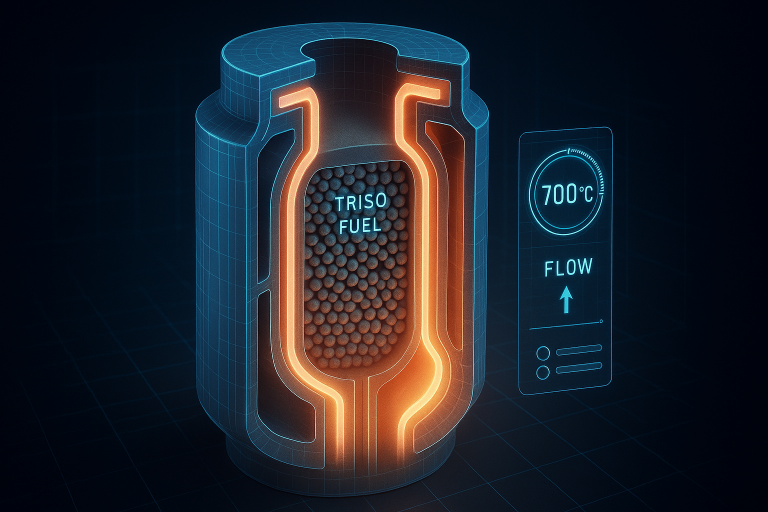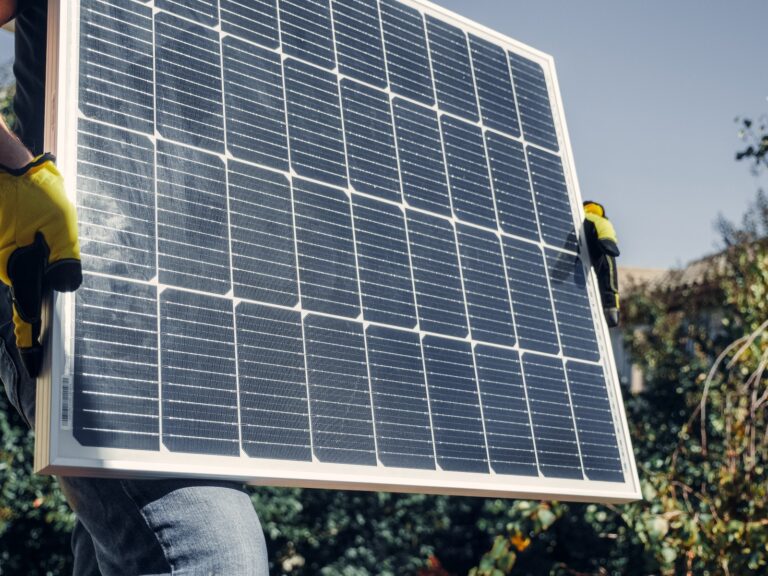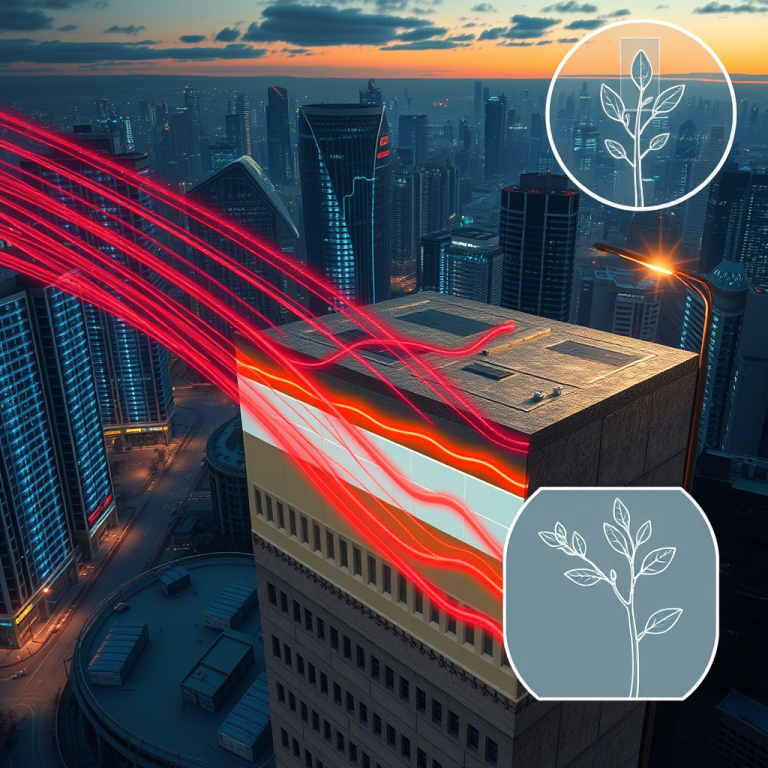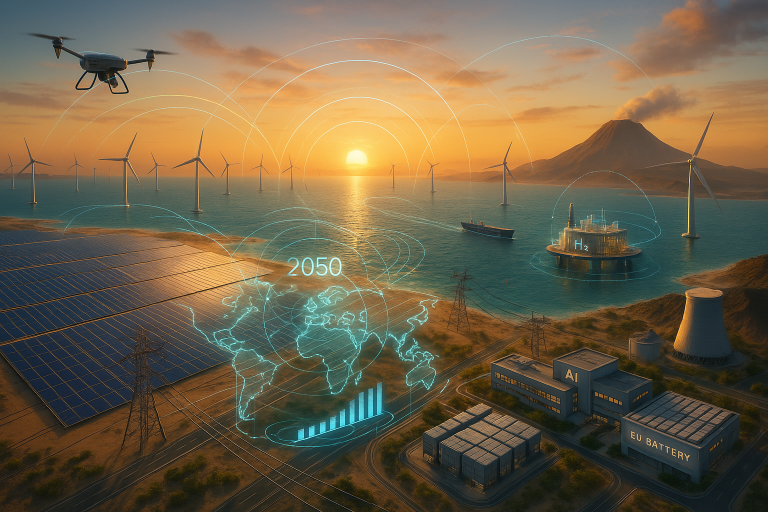Top 20 Carbon Capture Companies
As the global community intensifies its efforts to combat climate change, carbon capture technology has emerged as a critical solution. With rising concerns over greenhouse gas emissions, particularly carbon dioxide (CO₂), industries are under increasing pressure to reduce their environmental footprint while maintaining energy production and economic growth. Carbon capture and storage (CCS) and carbon capture, utilization, and storage (CCUS) technologies offer a promising pathway to decarbonize sectors that are traditionally hard to abate — such as cement, steel, power generation, and heavy industry.
These technologies work by capturing CO₂ emissions at their source or directly from the atmosphere, preventing them from entering the environment and contributing to global warming. Captured carbon can be stored underground, used in industrial processes, or even turned into valuable products like building materials or synthetic fuels. This innovative approach bridges the gap between the ongoing reliance on fossil fuels and the urgent need for sustainable practices across various industries.
In this article, we highlight 20 leading companies in the carbon capture sector, from established industry giants like Microsoft and Shell to emerging players, all of whom are committed to shaping a more sustainable future through innovation, investment, and collaboration.
20. Microsoft – Pioneering Direct Air Capture (DAC)
Microsoft is not just a tech giant but also a leader in corporate sustainability. The company has pledged to become carbon negative by 2030, meaning it will remove more carbon from the atmosphere than it emits. To achieve this ambitious goal, Microsoft is investing heavily in Direct Air Capture (DAC) technology — a process that extracts CO₂ directly from ambient air using chemical reactions.
In addition to DAC, Microsoft supports biomass-based carbon removal and mineralization, aiming to store carbon for over 1,000 years. Recently, the company partnered with 1PointFive, a joint venture between Occidental and Rusheen Capital Management, to purchase long-term carbon removal credits. This strategic move underscores Microsoft’s commitment to scaling DAC and driving market development for permanent carbon removal solutions.
19. ExxonMobil – Leading in Post-Combustion Capture
ExxonMobil, one of the world’s largest oil and gas companies, is leveraging its technical expertise to develop scalable carbon capture solutions. The company focuses on post-combustion capture, which involves removing CO₂ from flue gases after fuel combustion.
ExxonMobil collaborates with Mitsubishi Heavy Industries to deploy the Advanced Amine Process (KS-1™), a highly efficient solvent-based system. By reducing the cost and complexity of carbon capture, transportation, and storage, ExxonMobil aims to make CCS economically viable for large-scale industrial applications. Their vision includes deploying these technologies globally to support net-zero goals.
18. Air Products and Chemicals – Innovating with Oxy-Fuel Combustion
Air Products and Chemicals specializes in oxy-fuel combustion systems, where pure oxygen replaces air during combustion, eliminating nitrogen emissions and resulting in a flue gas stream rich in CO₂ — ideal for capture.
This technology enhances combustion efficiency, reduces NOx emissions, and increases productivity, especially in high-temperature industrial applications like metal processing and glass manufacturing. Air Products’ custom oxy-fuel burner systems have proven effective in lowering the carbon intensity of industrial operations while improving energy efficiency.
17. Shell – Advancing Pre-Combustion Capture
Shell Catalysts & Technologies leads in pre-combustion capture, a method that removes CO₂ before fuel combustion by converting hydrocarbons into hydrogen and CO₂-rich syngas.
Shell uses its proprietary ADIP ULTRA process, which improves the efficiency of amine-based CO₂ capture systems. The captured CO₂ is then transported and stored permanently, often through partnerships with other firms. Shell’s integrated approach combines capture, transport, and storage, positioning it as a key player in the CCUS value chain.
16. Air Liquide – Membrane Separation for Gas Purification
Air Liquide, a global leader in industrial gases, utilizes membrane separation technology to capture CO₂ from industrial gas streams. Its Air Liquide Advanced Separations (ALaS) division develops hollow fiber membranes that selectively separate CO₂ from other gases.
This modular and scalable technology is suitable for a wide range of industries, including oil and gas, refining, and chemical production. Membrane separation offers lower energy consumption compared to traditional methods, making it an attractive option for low-carbon industrial transformation.
15. TotalEnergies – Developing Chemical Looping Combustion (CLC)
TotalEnergies is advancing Chemical Looping Combustion (CLC), a next-generation technology that uses metal oxides to burn fuels without direct contact with air, producing a nearly pure stream of CO₂ ready for capture.
The company is constructing the world’s largest CLC demonstration unit in China, aimed at validating the technology’s scalability and cost-effectiveness. If successful, CLC could revolutionize how industries generate energy while drastically reducing emissions.
14. Heidelberg Materials – Calcium Looping (CaL) for Cement Decarbonization
Heidelberg Materials, a major player in the cement industry, is deploying Calcium Looping (CaL) technology to capture CO₂ from cement kilns. CaL uses calcium oxide to absorb CO₂, which is then released and captured in a second reactor.
Given that the cement sector accounts for around 8% of global CO₂ emissions, Heidelberg’s investments in Carbon Capture, Utilization, and Storage (CCUS) are crucial for decarbonizing one of the hardest-to-abate industries.

13. BASF – Ionic Liquids for Next-Generation CO₂ Capture
BASF is exploring ionic liquids — salts that remain liquid at room temperature — for use in CO₂ capture. These substances have unique properties that allow them to selectively absorb CO₂ from industrial exhaust gases.
Partnering with CogniTek Management Systems, BASF is developing advanced solvents and heat-exchange fluids to improve the efficiency and reduce the costs of carbon capture in industrial settings. Their research aims to replace conventional amine-based systems with more sustainable alternatives.
12. Drax Group – Scaling Bioenergy with Carbon Capture and Storage (BECCS)
Drax Group is pioneering Bioenergy with Carbon Capture and Storage (BECCS), a negative emissions technology that combines biomass energy generation with carbon capture.
Since 2018, Drax has been piloting BECCS at its North Yorkshire power station. The company plans to build the world’s largest BECCS facility, capable of removing at least eight million tons of CO₂ annually. This project would represent a major step toward achieving the UK’s net-zero targets and setting a global precedent for scalable carbon removal.
11. Southern Company – Exploring Cryogenic Carbon Capture (CCC)
Southern Company is testing Cryogenic Carbon Capture (CCC), which uses extremely low temperatures to condense and separate CO₂ from flue gases. This method can potentially achieve up to 99% carbon capture efficiency from coal-fired power plants.
Through its National Carbon Capture Center, Southern Company is evaluating new technologies like Carbon America’s FrostCC, which could significantly reduce the energy penalty and cost associated with traditional carbon capture methods.
10. Carbon Clean Solutions – Modular Carbon Capture for Industry
Carbon Clean Solutions has developed a modular carbon capture platform that enables industries to retrofit existing facilities with compact, cost-effective systems. Using patented ammonium salt-based solvents, the company captures CO₂ from industrial emissions, particularly in sectors like steel, cement, and chemicals.
Their modular approach allows for rapid deployment and scalability, making carbon capture accessible to small and mid-sized enterprises.
9. Climeworks – Direct Air Capture at Scale
Climeworks, a Swiss startup, specializes in Direct Air Capture (DAC) using filters that bind atmospheric CO₂. Once saturated, the filters are heated to release pure CO₂, which can be stored or utilized.
Climeworks operates several DAC plants, including Orca, the world’s largest DAC facility located in Iceland. The company’s mission is to capture millions of tons of CO₂ annually and establish DAC as a mainstream carbon removal solution.
8. LanzaTech – Converting Waste Emissions into Valuable Products
LanzaTech uses gas fermentation technology, employing engineered microbes to convert industrial waste gases — including CO and CO₂ — into useful chemicals and fuels like ethanol, jet fuel, and plastics.
By turning emissions into renewable products, LanzaTech promotes a circular economy and helps industries reduce their carbon footprint without altering their core processes.
7. Carbon Engineering – Industrial-Scale Direct Air Capture
Carbon Engineering, backed by investors like Bill Gates and Chevron, is building industrial-scale DAC plants designed to capture up to one million tons of CO₂ per year.
The company’s modular DAC systems can be deployed anywhere and integrate with carbon utilization or storage options. Their technology is being commercialized through the 1PointFive partnership, aiming to deliver large-scale carbon removal projects in the U.S. and beyond.
6. NET Power – Allam Cycle for Zero-Emission Power Generation
NET Power has developed the Allam Cycle, a novel power generation system that burns natural gas with pure oxygen and recycles the resulting CO₂ to drive turbines.
This process produces zero atmospheric emissions and results in a pipeline-ready CO₂ stream suitable for storage or reuse. The first pilot plant in Texas demonstrated the viability of the Allam Cycle, offering a potential blueprint for clean fossil-fuel power generation.
5. Occidental Petroleum – Carbon Capture for Enhanced Oil Recovery (EOR)
Occidental Petroleum is a major proponent of Enhanced Oil Recovery (EOR), where captured CO₂ is injected into oil reservoirs to increase extraction efficiency while storing the CO₂ underground.
Occidental’s subsidiary Oxy Low Carbon Ventures aims to capture 25 million tons of CO₂ annually through its direct air capture hubs in the Permian Basin. This initiative combines economic incentives with climate action, demonstrating how traditional energy companies can pivot toward sustainability.
4. Global CCS Institute – Advocacy and Policy Leadership
The Global CCS Institute plays a pivotal role in accelerating the adoption of carbon capture technologies worldwide. As a non-profit think tank, it provides expert advice, policy analysis, and project support to governments, businesses, and NGOs.
The Institute advocates for regulatory frameworks and financial incentives that enable the widespread deployment of CCS and CCUS technologies, ensuring they become integral to global climate strategies.
3. CarbonCure Technologies – Embedding CO₂ into Concrete
CarbonCure Technologies injects captured CO₂ into concrete mixtures, where it chemically reacts to form stable minerals that enhance the material’s strength and durability.
This approach not only reduces the carbon footprint of concrete — one of the most carbon-intensive materials — but also improves product quality and lowers costs. CarbonCure’s technology is now used in hundreds of concrete plants globally, promoting green construction practices.
2. Svante – Solid Sorbent Technology for Industrial Capture
Svante has developed a solid sorbent-based carbon capture system tailored for industrial applications like cement, steel, and pulp and paper production.
Unlike traditional amine scrubbing, Svante’s technology uses rotating structured adsorbent blocks to capture CO₂ at lower temperatures and energy costs. The system is modular, scalable, and compatible with existing infrastructure, making it ideal for retrofitting older plants.
1. Carbon Clean Solutions – Repeated Innovation in Modular Capture
While listed earlier, Carbon Clean Solutions deserves special recognition for its consistent innovation and impact in the field. As a repeat entry due to its significant contributions, the company continues to lead in modular, cost-effective carbon capture solutions for hard-to-abate industries.
Their technology has already been deployed in real-world applications across Asia, Europe, and Africa, proving that carbon capture can be both technically feasible and economically viable.

Building a Carbon-Neutral Future
The companies profiled above represent the forefront of carbon capture innovation, each contributing uniquely to the global effort to mitigate climate change. From direct air capture to bioenergy integration, and from modular capture systems to policy advocacy, these firms are reshaping the landscape of carbon management.
With growing investment, supportive policies, and cross-sector collaboration, carbon capture technology is poised to play a central role in achieving global net-zero targets. As demand for clean energy and sustainable industrial practices grows, so too will the importance of these pioneering companies in safeguarding our planet’s future.

